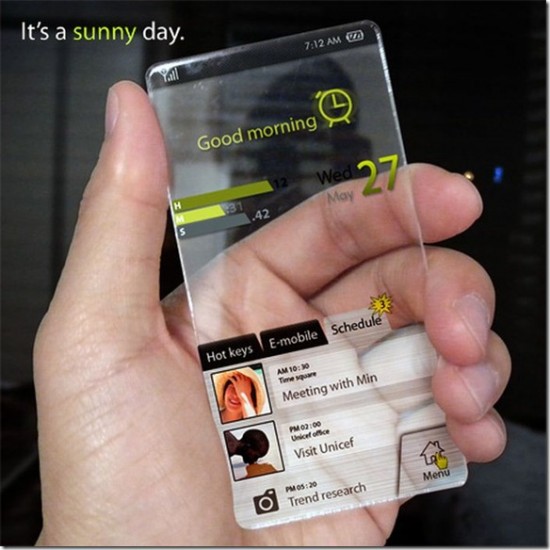What are glucosamine and chondroitin?
Glucosamine and chondroitin are part of normal cartilage. Cartilage acts as a cushion between the bones in a joint.
Glucosamine, also called chitosamine, is a natural substance that is found in the covering of shellfish. It is available in different forms, including glucosamine hydrochloride, N-acetyl-glucosamine (NAG), and glucosamine sulfate, which is a combination of glucosamine and mineral salt. Glucosamine is also available in synthetic forms. The body absorbs glucosamine well.
Chondroitin can come from natural sources, such as shark or bovine cartilage, or it can be made in a lab. Chondroitin is also known as chondroitin sulfate, chondroitin sulfuric acid, and chonsurid. Chondroitin sulfate is a combination of chondroitin and mineral salt.
Glucosamine and chondroitin are available in tablet, capsule, powder, or liquid form and are often taken in combination with each other or in combination with other dietary supplements. Glucosamine may be taken separately as a dietary supplement for joints.
What are glucosamine and chondroitin used for?
Many people take glucosamine and chondroitin, alone or together, for osteoarthritis. Some people believe this helps.
Are glucosamine and chondroitin safe?
It appears that glucosamine and chondroitin, alone or together, are safe and have few side effects. But they cost money and may not help you. Talk to your doctor if your are thinking about taking glucosamine and chondroitin.
If you are allergic to shellfish, do not take glucosamine unless you have discussed it with your doctor. Some glucosamine is made from shellfish covering.
The U.S. Food and Drug Administration (FDA) does not regulate dietary supplements in the same way it regulates medicines. A dietary supplement can be sold with limited or no research on how well it works.
Always tell your doctor if you are using a dietary supplement or if you are thinking about combining a dietary supplement with your conventional medical treatment. It may not be safe to forgo your conventional medical treatment and rely only on a dietary supplement. This is especially important for women who are pregnant or breast-feeding.
When using dietary supplements, keep in mind the following:
Like conventional medicines, dietary supplements may cause side effects, trigger allergic reactions, or interact with prescription and nonprescription medicines or other supplements you might be taking. A side effect or interaction with another medicine or supplement may make other health conditions worse.
The way dietary supplements are manufactured may not be standardized. Because of this, how well they work or any side effects they cause may differ among brands or even within different lots of the same brand. The form of supplement that you buy in health food or grocery stores may not be the same as the form used in research.
Other than for vitamins and minerals, the long-term effects of most dietary supplements are not known.



